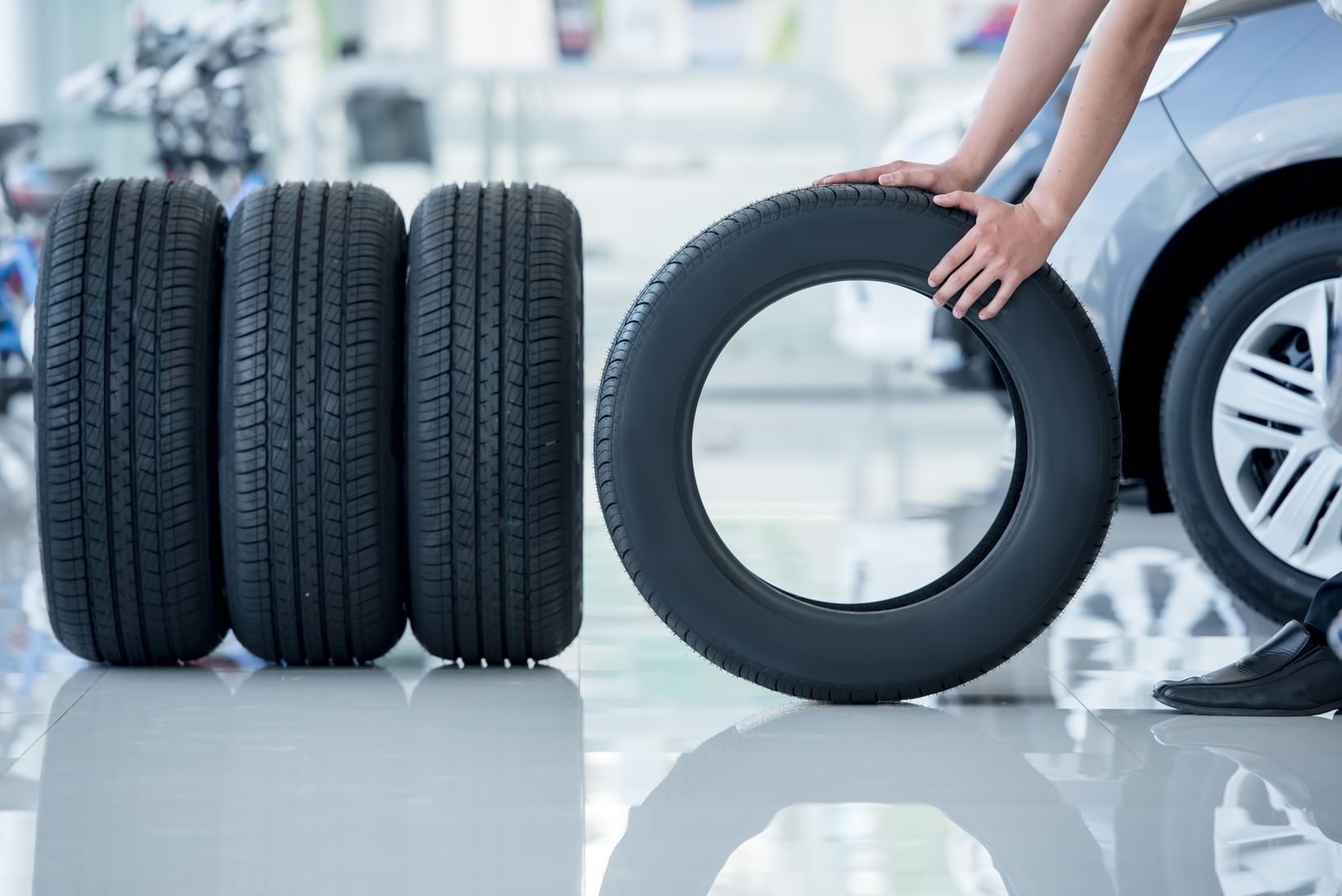Save money. Take care of your tires!

Buying high quality tires, buying the proper size for your car and buying from reputable tire dealers all help in saving you money on your car’s tires over the long run. But they’re just part of what it ultimately redounds to when we talk about tires.
First – properly inflate your car tires. Unless you own one of those cars that will alarm if your car tires are underinflated, a visit to your tire shop or gasoline station to make sure your car tires are properly inflated is a must. To know the manufacturer-prescribed tire gauge, look at the edge of the driver’s door or door post.
Second – vary inflation according to load. Tire pressure should be increased when your car is carrying extra weight such as when you go on vacations. But the question is, by how much? An increase of over 4psi versus the car manufacturer’s recommended cold tire pressure is usually adequate.
Third – rotate your car tires. The purpose of rotation is obvious – to make sure that tire wear is even. The usual rotation cycle is every 10,000 to 12,000km but check your car manufacturer’s recommendations to be sure.
Fourth – wheel balancing. If a tire and wheel assembly are not balanced, uneven weight distribution may cause unacceptable vibration. This will affect your riding comfort and the overall life of your tires. Tires and wheels should be balanced when a new tire is mounted, when tires and wheels are rotated or when a used tire is mounted on an existing car.
Fifth – vehicle alignment. Quality alignment is mandatory for even treadwear. A car is said to be properly aligned when the tire and wheel assemblies are geometrically set to run straight. Automotive suspension systems involve moving parts so wear of steering and suspension parts is normal. As these components wear, however, alignment changes has to be adjusted to bring the setting back to its specification range.
These five important suggestions in keeping your tires in good working condition are important. But your driving habits likewise contribute to the life of your tires. For example, are you the type of driver who drives fast and then takes a hard panic stop? Do you take fast turns on curves and around corners? Do you ride on the edge of the pavement, chuckholes and other obstructions? Aggressive driving leads to abrasive treadwear and generates additional stress to tire sidewalls and shoulders. These lead to premature wearout or tire failure. Ultimately, leading to the need for new car tires.
Car tires cost a fortune these days so heed these suggestions and warnings to save money by simply taking care of your tires!
